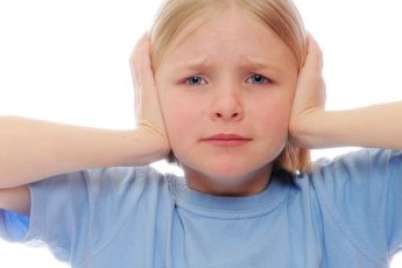
Self-regulation: How kids stay focused and control behaviour
Every day of our lives there are experiences that challenge our mind and emotions. Situations, environments, and tasks large and small threaten to shake our resolve or disrupt our focus. These things test our ability to respond in thoughtful, controlled, and appropriate ways.
It could be the simple challenge of attending to your crying child while you pay for groceries at the checkout counter. Or it could be the difficulty of making a rational decision about your medical treatment while dealing with your emotions surrounding a serious health condition.
This is the essential task of self-regulation. The ability to monitor and control our thoughts, emotions, and responses no matter what life throws at us. And understandably, for parents who care about raising confident, competent, and successful children, understanding self-regulation and how to develop it has paramount importance.
What self-regulation looks like
The need for self-regulation starts at a young age. When your preschooler sees another child playing with a colorful toy, you hope that your child will resist the impulse to grab it from them. When your elementary age child is verbally taunted by a classmate, you expect that he will respond with firm confidence and measured speech, not with blind rage and physical violence.
And when your teenager is presented with difficult homework assignments that are necessary to master the materials to get the marks for university entrance, you hope that she will persevere with her studies without your supervision — resisting the temptation to simply start chatting with friends on Facebook or Snapchat.
In short, self-regulation is more than simply understanding healthy choices. It’s about having the determination to make those choices and then following through without relying on external direction from parents or other authorities. In short, it’s about becoming an effective and independent person.
Where self-regulation starts
Where does self-regulation come from? Research suggests that self-regulation is determined by both biology and environment.
First, brain maturation, especially in the frontal lobes, strongly determines a child’s ability to overcome impulsive responses.
Second, according to research, genes determine a significant part of a child’s temperament in relation to behavioural inhibition and effortful control. (If you are a parent with more than one child, chances are good that you have witnessed these kinds of differences in temperament between your children, because their genetic makeup is different.)
The third major factor is environment. As our children interact with peers, teachers, coaches, and the world around them, their biological tendencies are reshaped through modelling and social learning. For example, they learn strategies for regulating their behaviour by watching, imitating, and internalizing the behaviour of others—providing a good reason for parents to monitor what their children watch on television, and whom they socialize with in their spare time.
The impact of adults on children
How adults direct the behaviour of children has a significant effect. Research suggests that helping children to understand the general why of a behaviour usually leads to more compliance and ultimately better self-regulation.
Conversely, children who are forced by adults to comply with a behaviour through external power and control are less likely to internalize those behaviours as self-regulatory habits.
Self-regulation is not an easy thing to develop in children. It takes years of careful and thoughtful parenting and this may require considerable skill in self-regulation on the part of parents themselves. But it remains one of the most important things we can give our kids.





